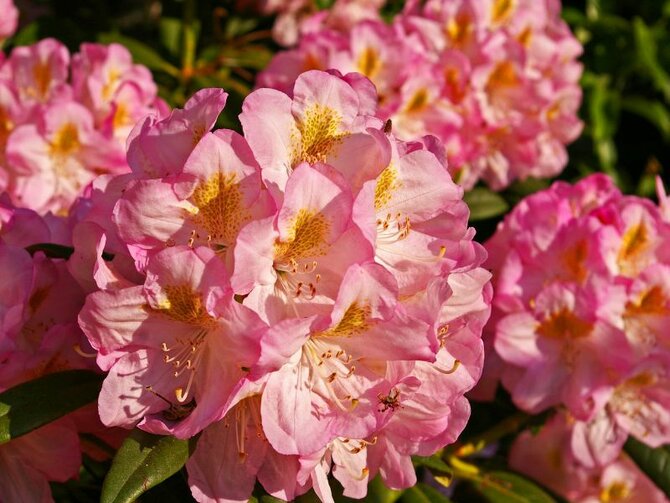
Rhododendrons provide year-round appeal with their handsome evergreen foliage and large, showy flowers that bloom from late winter to early summer, depending on the variety. The range of flower colors is vast and never disappoints, including:
- Pure white
- Yellow
- Pink
- Purple
- Red
Being primarily woodland plants, they thrive in light shade but can also do well in an open position. Thanks to their comparatively small root system, rhododendrons make excellent choices for container gardening, helping to brighten up shady spots.
Soil Requirements and Care
Rhododendrons need acidic soil and are well-suited to our local conditions. However, care should be taken if the soil sits over a layer of chalk. To determine soil suitability, one of our pH soil test kits can quickly confirm acidity levels. Maintaining this acidity is essential for healthy plants—our acidifying fertilisers containing sequestered iron help prevent yellowing of the leaves (chlorosis) caused by iron deficiency. If planting in a pot, use ericaceous John Innes compost for the best results.
Rhododendrons thrive in moist but well-drained soil and benefit from a mulch of composted bark, which helps suppress weeds and retain moisture.
Pruning and Maintenance
After flowering, remove faded flowers by carefully snapping off the flower heads at their base—there is a naturally weak point that makes this an easy task. Avoid deadheading with secateurs, as this can damage emerging growth buds.
With their naturally bushy and compact habit, rhododendrons require minimal pruning, making them a low-maintenance yet striking addition to any garden.




